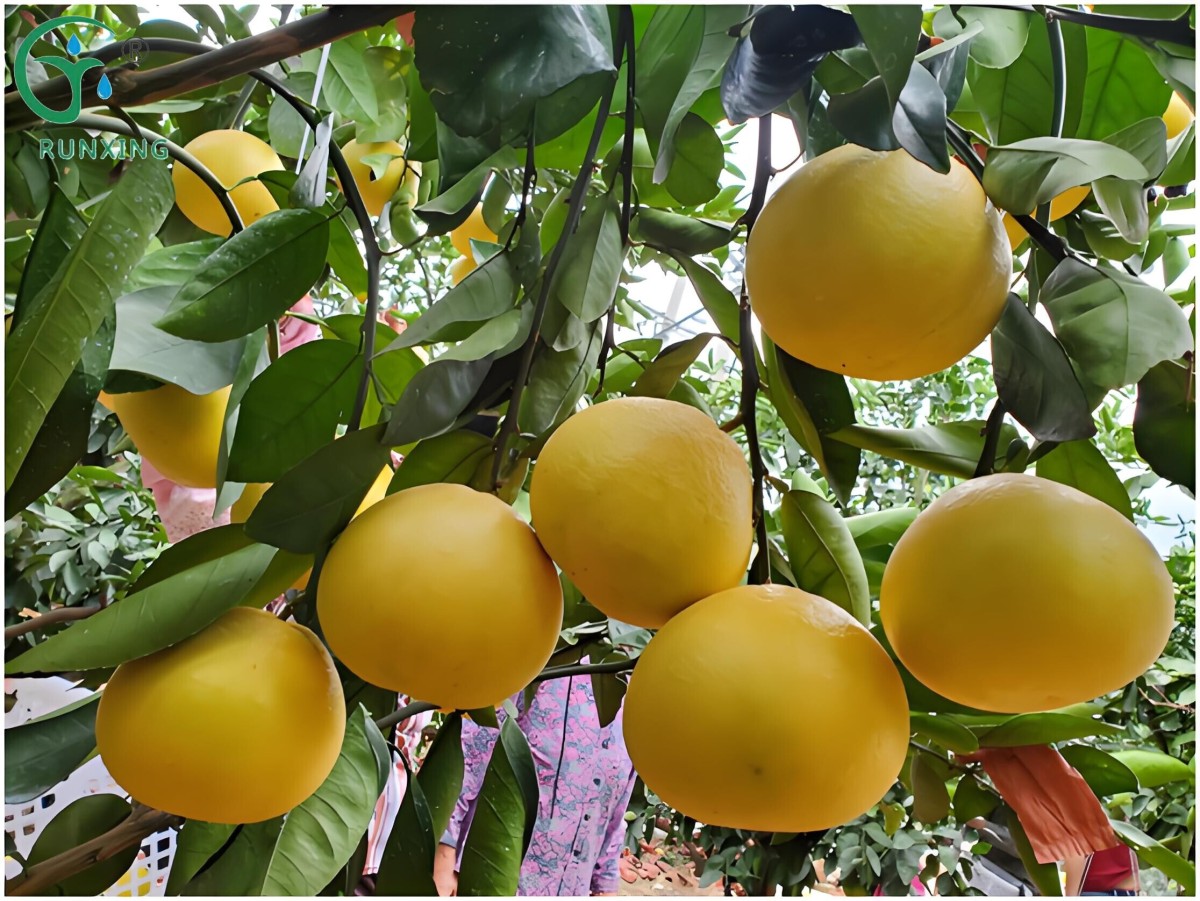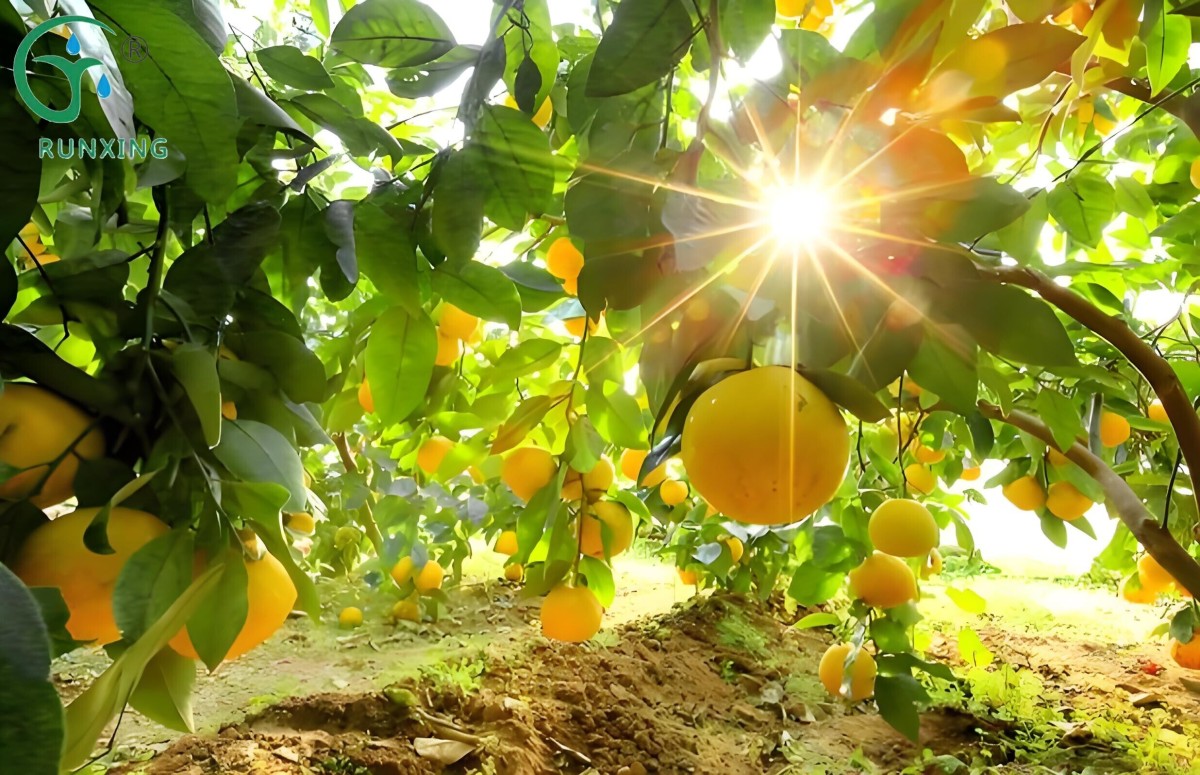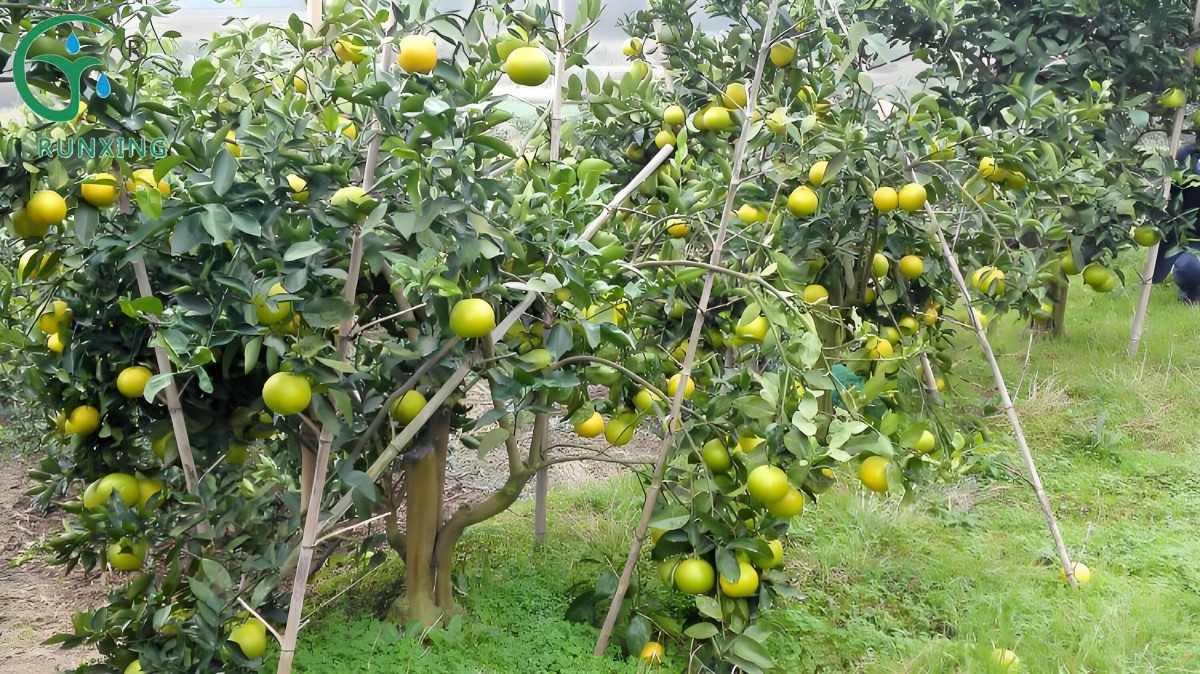Columbia Grapefruit Cultivation and the Necessity of Drip Irrigation Systems
In exploring the cultivation process of Columbia grapefruit, the significance of drip irrigation systems cannot be overlooked. Drip irrigation not only efficiently conserves water resources but also ensures that the grapefruit's root system receives uniform and adequate moisture, thereby promoting healthy growth. Below is a detailed introduction to the need for drip irrigation facilities in grapefruit cultivation, the required equipment, installation methods, water usage control, and cultivation tips.

Necessity of Drip Irrigation Systems
Columbia grapefruit have high soil moisture requirements, particularly during the growth and fruiting stages. Drip irrigation systems can precisely deliver water to the grapefruit's root zone, reducing water evaporation and waste while avoiding soil oversaturation that can lead to diseases. Therefore, adopting drip irrigation facilities is essential when cultivating Columbia grapefruit.
Required Drip Irrigation Equipment
Drip irrigation systems mainly consist of a water supply unit, water conveyance pipelines (main and branch pipes), and drip irrigation tapes:
Water Supply Unit: Includes a water source, pump, flow and pressure regulator, fertilizer mixing tank, and fertilizer injector. These devices ensure that the water entering the drip irrigation pipelines has sufficient pressure for water delivery and droplet emission.
Water Conveyance Pipelines: Generally, a two-level system is used, namely main and branch pipes. Drip irrigation tapes are directly installed on the branch pipes. Filters are needed on the water conveyance pipelines to prevent iron rust or silt from blocking the system.
Drip Irrigation Tapes: Currently, polyethylene plastic film drip tapes are commonly used, with black-colored tubing to prevent the growth of green algae inside. The drip tapes have a row of diameter 0.5-0.7mm drip holes on both the left and right sides, with a hole spacing of 25cm on each side. The drip holes on both sides are staggered.
Installation Methods
Laying Branch Pipes: Arrange the branch pipes according to the grapefruit planting rows. Typically, the branch pipes are placed in the middle of the grape rows.
Connecting Drip Irrigation Tapes: Drip irrigation tapes are arranged according to the grapefruit spacing. There are two methods to connect them to the branch pipes: one is using a reducing tee connection, suitable for grape planting rows longer than 50 meters; the other is to punch holes in the water conveyance branch pipes at the locations where the drip tapes are to be installed, install bypass valves on the holes, and connect the drip tapes to the outlet of the bypass valves and tie them tightly.

Water Usage and Control
The water requirement of grapefruit is related to the ratio of the weight of dry matter produced during its growth stage to the amount of water consumed. During cultivation, the watering schedule and amount should be arranged based on the grapefruit's growth stage and local climatic conditions. The need for watering can be judged by observing soil moisture. When the soil surface dries out and the finger inserted into the soil feels dry, moderate watering is required. Drip irrigation systems can precisely control the water amount, avoiding overwatering that can lead to root oxygen deficiency and disease occurrence.
Cultivation Tips
Seed Selection and Sowing: Choose grapefruit varieties that are cold-resistant, disease-resistant, and high-yielding, such as red-fleshed and white-fleshed grapefruit. Before sowing, soak the seeds in warm water for disinfection and then use a wet sand stratification method for germination.
Seedling Cultivation and Management: Maintain soil moisture in the seedling bags, ensure ventilation and light exposure, and apply thin fertilizer. During the seedling stage, strictly control water and fertilizer to avoid waterlogging and prune excessive branches in a timely manner.
Transplanting and Planting: When the grapefruit seedlings grow to a certain height, select a location with good drainage and sufficient sunlight for transplanting. After transplanting, water thoroughly, keep the soil moist, and provide appropriate shading.
Fertilization and Pruning: Apply organic fertilizer in spring and autumn each year, and appropriately apply phosphorus and potassium fertilizers during the growing season. Pruning mainly includes winter and summer pruning, focusing on thinning out branches and cutting off overly dense and weak branches.
Pest and Disease Control: Regularly inspect grapefruit plants, and promptly control pests and diseases when found, avoiding the use of highly toxic pesticides.
Better Cultivation Suggestions
Mulching: After drip irrigation installation, cover the soil with mulching film to reduce soil water evaporation and maintain soil moisture.
Reasonable Irrigation: In combination with the drip irrigation system, arrange irrigation schedules and water amounts based on the grapefruit's growth cycle and climatic conditions.
Soil Management: Keep the soil loose and well-drained, regularly till and weed to improve soil structure and fertility.
Nutrient Management: When applying fertilizer, focus on the combined use of organic and compound fertilizers to avoid nutrient imbalance.

Through the above popular science content, we have gained an understanding of the importance of drip irrigation facilities in the cultivation of Colombian grapefruit, as well as the specific equipment requirements, installation methods, water usage control, and cultivation techniques. It is hoped that this information will assist you in better planting and managing grapefruit, achieving the goals of high yield and high quality.
If you have any needs, please contact us.
About Us
We are dedicated to offering innovative, water-saving, and labor-saving irrigation solutions for agriculture worldwide. Our focus on quality and continuous innovation drives the development and progress of the industr
LOGO
This stunning beach house property is a true oasis, nestled in a serene coastal community with direct access to the beach.
Opening Hours
Monday - Friday : 9AM to 5PM
Sunday: Closed
Closed during holidays
Contact
+18888888888
hezuo@eyingbao.com123 West Street, Melbourne Victoria 3000 Australia
